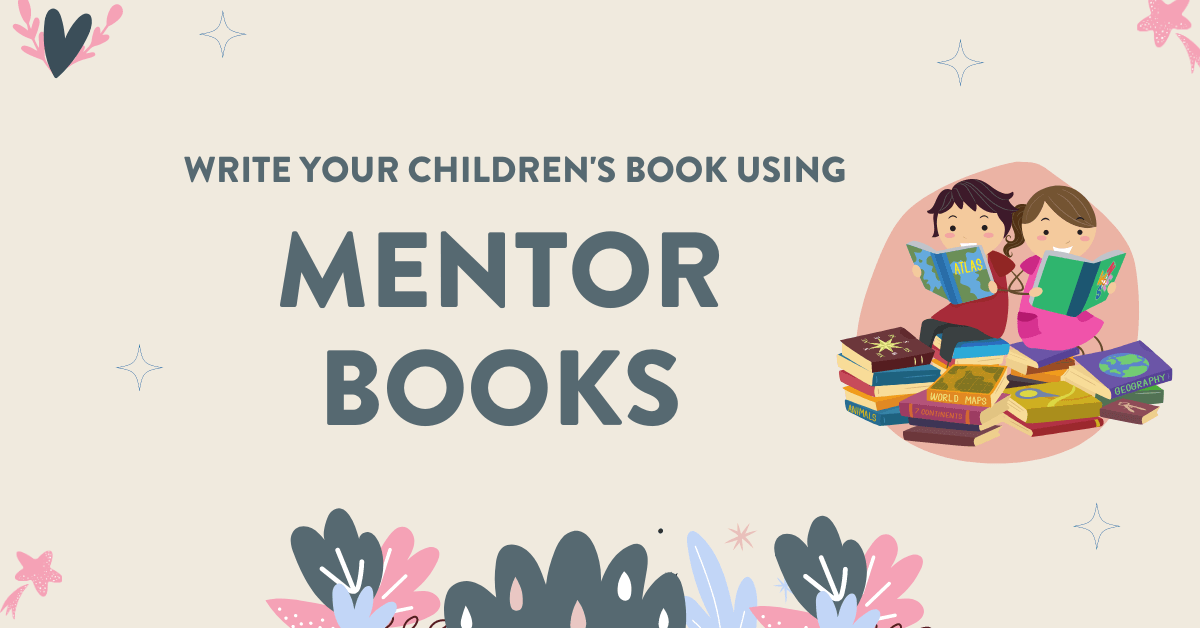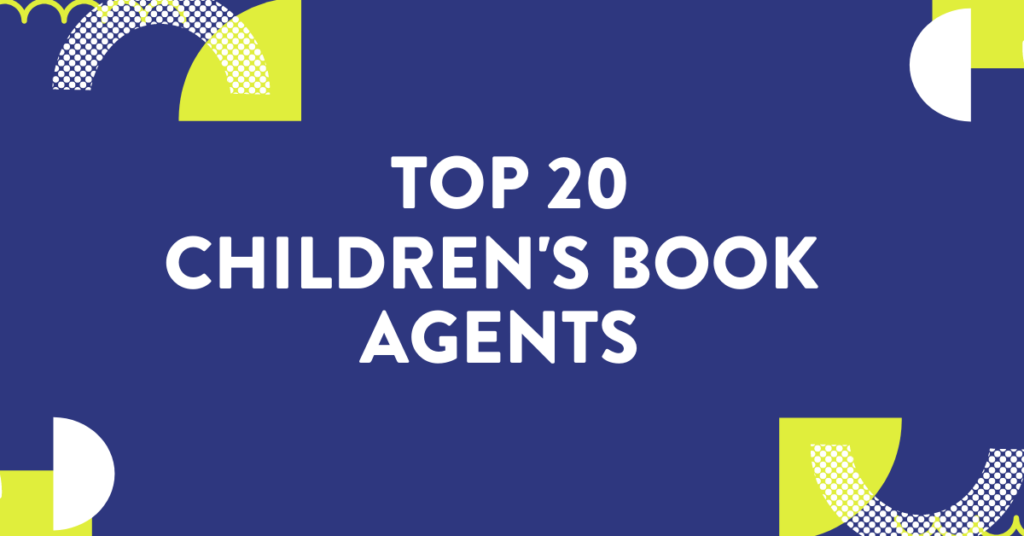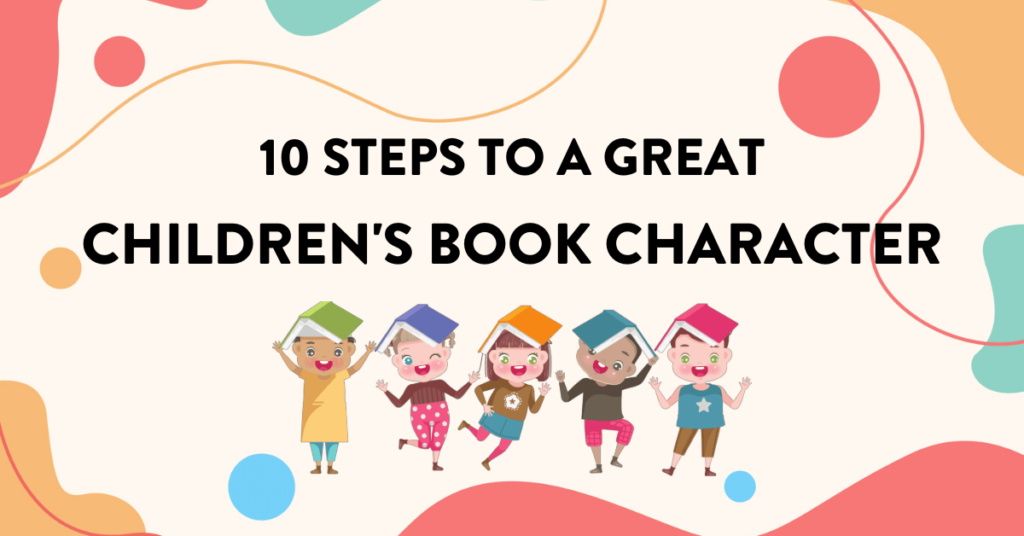
If you’ve been around the block a few times (and by block, I mean the ever-captivating world of children’s book publishing), you’ve probably come across the term “mentor books.”
If not, you’re in for a treat! I’ve delved into this topic, chatted with some of our favorite authors, and dug up real examples just for you.
Now, let’s dive right in and demystify this nifty concept.
What are Mentor Books?
Think of mentor books like your trusty GPS while venturing through the forest of children’s literature. They’re books in your genre that you admire and can study to help guide your writing journey.
The big idea is to learn from the best, without straight-up copying them (plagiarism is very, very bad, obviously!). Mentor books are a bit like your North Star, guiding you towards creating your own masterpiece.
Still foggy? Here’s an analogy. Remember when you learned to bake by watching grandma? You took her recipe, made some tweaks (extra chocolate chips, anyone?), and suddenly you had your very own cookie masterpiece. That original recipe was like your mentor book in the baking world.
When I edit for my children’s book authors, I sometimes suggest a mentor book that can help them with revision. Authors often tell me that those books suggestions are super helpful.
Examples of Mentor Books
The world is abundant with fabulous children’s books that could serve as your mentor. Let’s peek at a couple:
- “Where the Wild Things Are” by Maurice Sendak: This classic can be a great mentor if you’re trying to create a story that balances the real and the fantastical. Dive into its pages, absorb its pacing, its balance of dialogue and description, and the way Sendak crafts a full arc in such a short span.
- “Don’t Let the Pigeon Drive the Bus!” by Mo Willems: If humor and direct reader interaction are your jams, then Mr. Pigeon is your go-to guy. Study the simplicity of the illustrations, the punchiness of the dialogue, and the impeccable comedic timing.
Your goal is to find mentor books that align with your topic in some way.
For instance, if you are writing a book about bullying, find 3 books about bullying that you could use as models as you write.
If you are writing a story set in a fantasy land of candy canes, then find 3 books set in fantastical places like that and imitate them.
Another approach would be to pick your ten favorite children’s books, and then see if they have any commonalities between them. If they do, then you’ve found the topic that you want to write about! And you have mentor books that can guide you through the process.
How to use Mentor Books?
Let’s break down three ways you can learn from mentor books.
- Emulate Structure, Not Content: Look at the arc of your mentor book. How does it begin? What problems arise? How are they resolved? Now, draft an outline of your story using that same structure. Most mentor books will teach you to start the conflict or problem in your story by page three (this is a principle I talk more about in my children’s book course, “Two Weeks to Your Best Children’s Book.”
- Study the Language: Especially in children’s books, every word counts. How does your mentor book approach dialogue? Is there a rhythm or repetition that you love? Use that as inspiration for your own prose. It’s a great idea to count how many words are on each page, and use that as a guideline for how many words you should use. Also, pay attention to whether some pages don’t have any words at al.
- Analyze the Illustrations: Even if you’re not the illustrator, understanding the relationship between text and images is crucial in children’s literature. What do the illustrations convey that the words don’t, and vice versa? Your mentor books will show you what the illustrations should convey, and what the text should convey, and how they shouldn’t be communicating the exact same thing.
How Mentor Books Help You
Apart from the obvious – learning from the best – mentor books give you:
- A Reality Check: They show you what’s currently resonating with readers and publishers. This is especially true if you’re picking newish books (your mentor books should have been written in the last three years).
- Motivation: Whenever you’re feeling stuck or demotivated, diving into a mentor book can be the push you need. If they can do it, then so can you! When you’re looking at a children’s book that’s fun to read, writing a children’s book seems much easier to accomplish.
- A Better Editing Eye: By scrutinizing another work, you train your brain to see what works and what doesn’t. This skill seamlessly translates to your writing. But my recommendation is to SLOW DOWN when reading your mentor books. You can’t just breeze through them and gain the skills you need to write a children’s book. Linger on each page, and really analyze and think about how each book is created.
And once you’ve used a mentor book to help you write your book, Bookfox Press can help you publish your book. We love to help authors get their book out into the world!
Finding Your Mentor Book
“But how do I find the perfect mentor book?” you ask. Here’s a simple game plan:
- Head to a bookstore or library. Plant yourself in the children’s section. Pick up any book that catches your eye. Read it. Then read another. And another. Eventually you’ll discover a book that’s right for your mentor book.
- You can also ask a librarian for help. They’re often good at knowing a wide variety of books and can help you with finding books that are similar to your idea.
- Use Goodreads lists to see if someone has made a list of children’s books on a particular topic.
- Use Amazon’s “Products Related to this Item” function, which will suggest similar books to any book.
In Closing
Mentor books aren’t a magic wand. But they’re darn close.
They give you structure, inspiration, and a learning platform. Remember, every great author (including the ones you’ll use as mentors) started somewhere. With dedication, passion, and a little guidance from our bookish friends, your children’s book dream is well within reach.
To learn more about how to write a children’s book, read my post, “12 Steps to Writing Your Children’s Book.”
Keep writing, keep dreaming, and keep those mentor books close. Cheers to your next adventure in the world of children’s literature!



